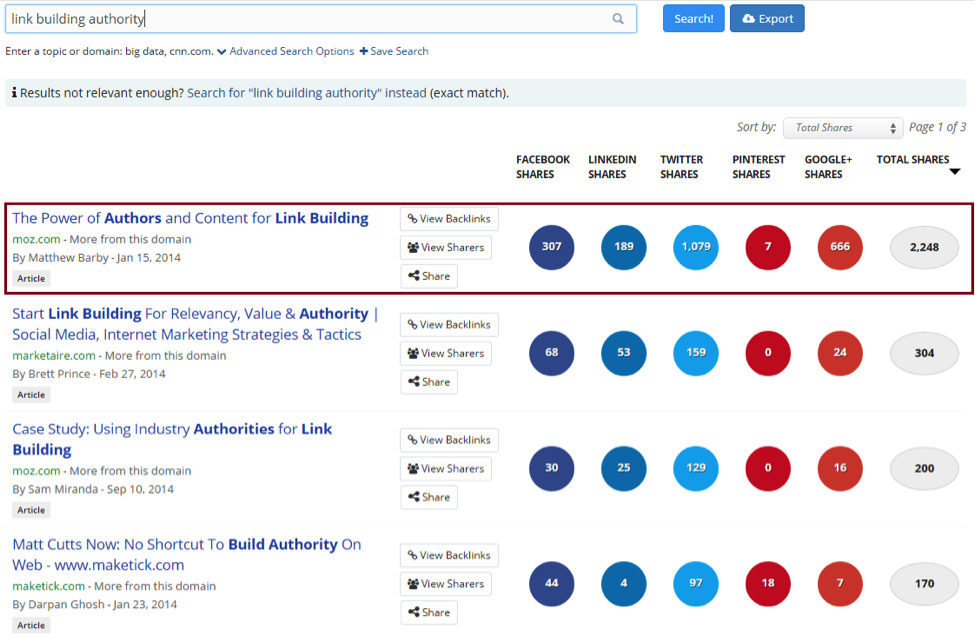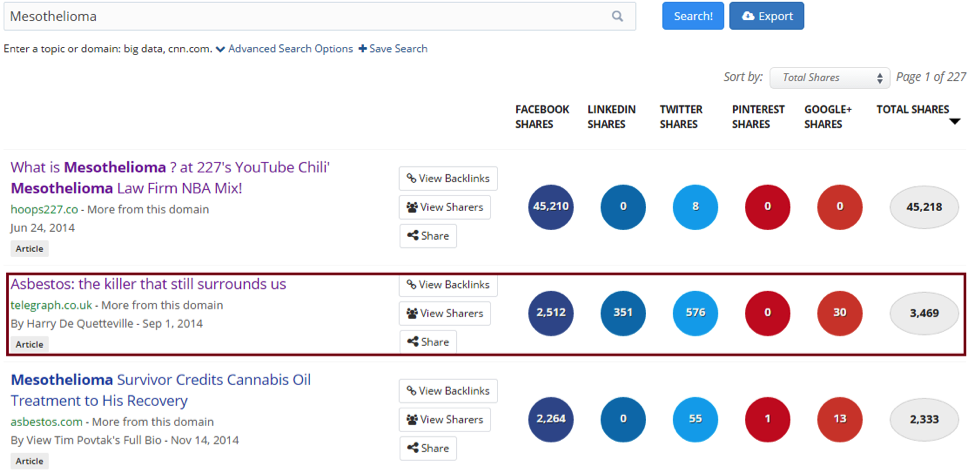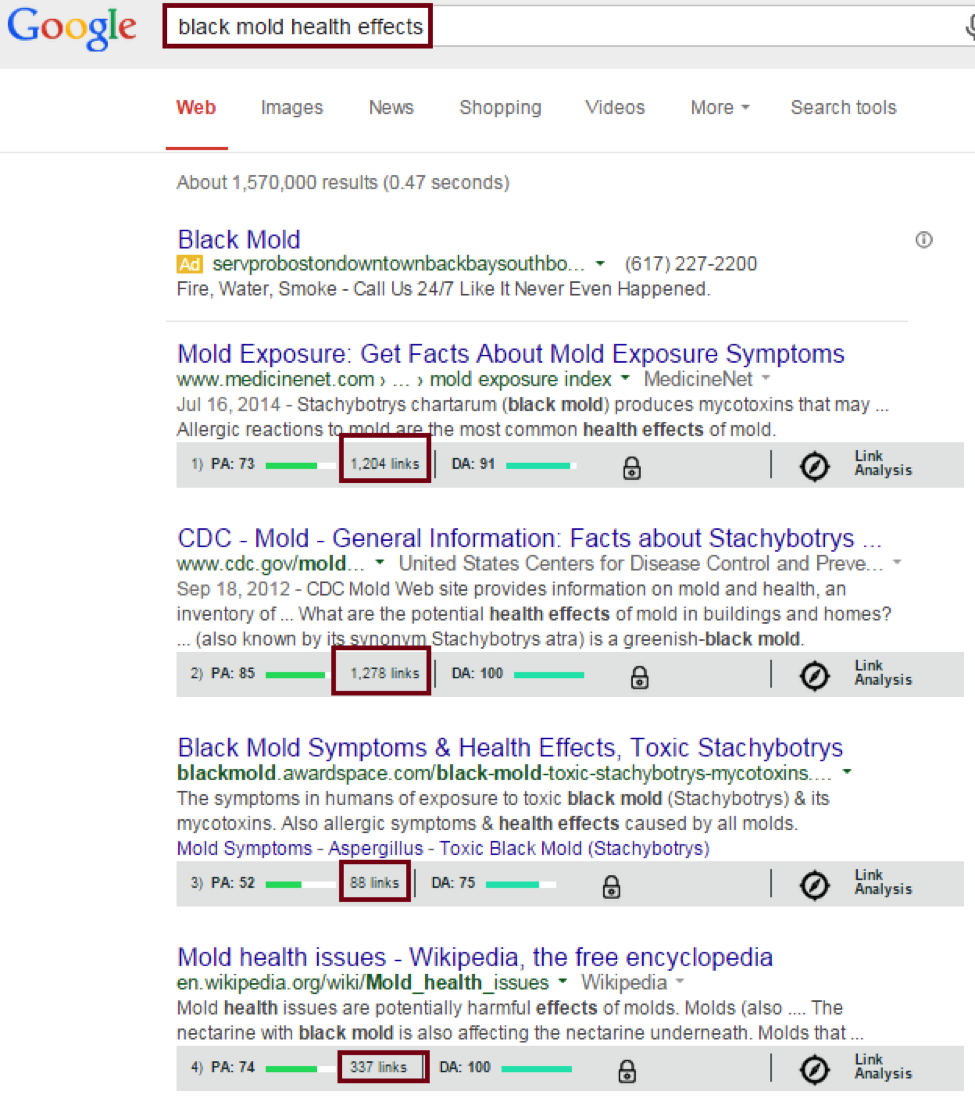A friend’s band was playing at a local bar last week.To promote it, he went around different stores and asked if he could put up a poster and leave flyers on the counter. He also posted on several Facebook groups and on Twitter.
When I watched them play, I noticed that aside from regular bar patrons,and a couple of new faces, there wasn’t much of a spike in the audience.
Now imagine what would’ve happened if they focused on reaching out to people they knew or had a connection with? The bar would’ve been more crowded with our friends, their co-workers, and other friends of friends who got dragged in.
The same analogy applies when you’re building links.
If you’re just spamming the web with flyers (links), no one’s going to pay attention to you. You’ll be that annoying guy everyone hates.
Trust me, you don’t want to be that guy, especially once the big bouncers (ie. Google, Yahoo!, and Bing) start booting you out.
Link Building that Doesn’t Rely Solely on Algorithms and Search Engines
From 2012 to early 2015, websites experienced the most devastating algorithm changes from the search giant, Google. Penguin, Panda, Hummingbird, and most recently, Pigeon, deprived many sites with traffic, ranking and revenue.
Two companies even told me that they closed up shop. One relied too much on a flawed content strategy — short content, posted five times a day. The other relied too much on submitting to article directories.What they both did were mainstream practices back then.
But they weren’t building a relationship with anyone. They weren’t producing anything genuinely helpful at all, and Google knew it.
Those algorithm updates are now baked into modern SEO. The most important thing you should do now is revise your link building strategy, using techniques built to last.
Long-Term Link Building Strategies
- Link to Relevant Resources from Your Own Website (Give to Get)
It seems crazy, doesn’t it? You want to get links, and I’m telling you to give them away!
Well, Neil Patel, Co-founder of CrazyEgg, Hello Bar and KISSmetrics, says, “you should be shooting for 25 external links for every 1,000 words of content.” It’s not a hard and fast rule but it’s a good estimate if you’re just starting out.
Before you give out links, make sure that:
- The site alsolinks to others
- The link is relevant to your topic
- It is written by the site’s owner or a regular contributor
- You can find the author or site owner’s name and email address
- The author or influencer has a good engagement rate with followers, not just sheer numbers.
- com shows that it has some keywords driving traffic to it
When you publish a blog post with links, send a partially personalized email to everyone you linked to:
Try one of Patel’s email templates:
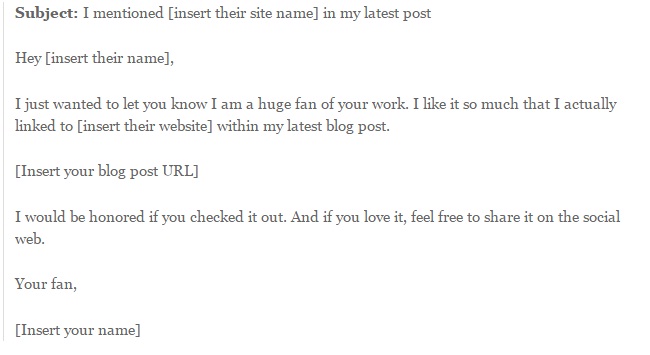
Or the one that I used to write this post, 50 Must-Read Personal Development Bloggers That’ll Change Your Life, with over 500 shares:
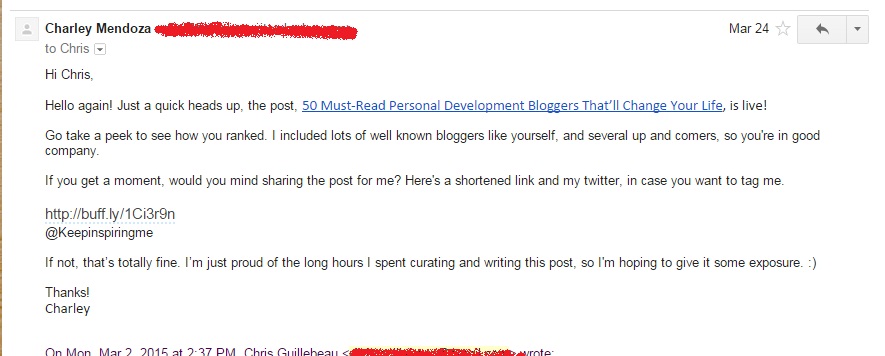
Don’t be afraid to ask big names for links and shares, like I was. As long as what you write would be interesting to their readers, you’re likely to get a positive response.
Don’t expect everyone you email to reply and link back to your site. Some people are naturally generous with links, while some will opt for a simple tweet. Those tweets are still useful though, because the people who see them might then link back to you.
Check out the other templates for link building and email outreach here:The Ultimate List of Copywriting, Email and Blogging Templates and Swipes
- Give Testimonials and Participate in Case Studies
Businesses, big and small, love receiving testimonials from their customers. When you write that testimonial, give them more incentive to display it by praising them for a specific result, or a specific problem they solved.
Think about it from their point of view. Which of the following testimonials would you proudly display?
Thanks to XYZ software, I got a 25% increase in new customer purchases.
OR
“Bob and his team did a good job helping me increase sales for our new product”
The first one sounds better, right?
Of course, don’t forget to include your picture and a link to your website. Testimonials with these elements look more credible to consumers, as this gives them a chance to verify the testimonials themselves.

Participating in a case study is also another little-known link building strategy.

- Get Links Similar to Your Competitors
One of the ways search engines judge the quality of your website is by the number of high quality links you have that are similar to your competitors.
For instance, if your target keyword is “yoga studio in Brooklyn,” your competitors are other yoga studios appearing on Google’s page 1 for that keyword.
Your competitors wouldn’t have gotten to page one if they didn’t have links from other high quality sites. In fact if you examine their link profile, you’ll see they have inbound links coming from the same websites, aka ‘common links,’ which can be anything from review sites, health blogs, or yoga certification schools.
Your goal is to find those common links and try to get some of the best ones for your site. OnceGoogle sees a similar link profile on your site, it’ll associate you with other already high-ranking sites for your keyword. To take this to the next level, you will also need some links that the competitors don’t have.
Common link building is also a great way to differentiate low-citation links such as link farms, from high-quality search engine vetted websites. This process takes too much time when done manually, so we use the Common Backlinks Tool.
- Get .Edu Links and Social Shares through Scholarships
Many businesses give out scholarships in exchange for .edu links. It doesn’t have to be a big scholarship either. A budget of $500 to $1000 will do wonders for this link building strategy.
After the budget is set aside, decide the criteria for awarding it. You can have a contest where voting is done via social media, or accept essays or blog posts on a certain topic. Put the guidelines in a dedicated ‘scholarship page’ on your website.
Once the webpage is up, look up the email address of at least 25 high school and college career centers. Shoot them an email with a short introduction and a link to your scholarship page. You can repeat this step as necessary, when you want more links later on.
Link Building isn’t Dead
It’s just revived in a different, albeit more complicated form. For now, avoid websites and services that promise a high-quality link for a few bucks. The same goes for packaged services guaranteeing high PR links with little content production or relationship building on your part.
The best links are ones that come from establishing your site/blog as an authority but it can help to have some specificity and detailed tactics that help you spread the word.



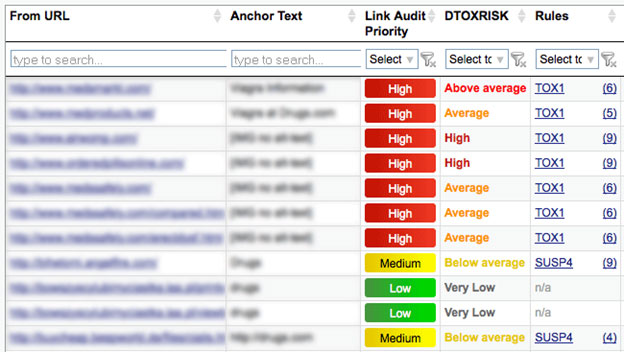



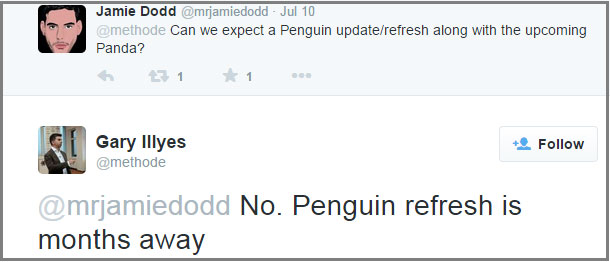
 In the online world where Google reigns supreme, there is no way to build authority without backlinks. They are simply the lifeblood of search engine optimization but without great content you won’t get great links. It’s really pretty simple and yet people get very confused about link building and think it’s some kind of weird medieval tactic to be shunned and talked about in the back room.
In the online world where Google reigns supreme, there is no way to build authority without backlinks. They are simply the lifeblood of search engine optimization but without great content you won’t get great links. It’s really pretty simple and yet people get very confused about link building and think it’s some kind of weird medieval tactic to be shunned and talked about in the back room.